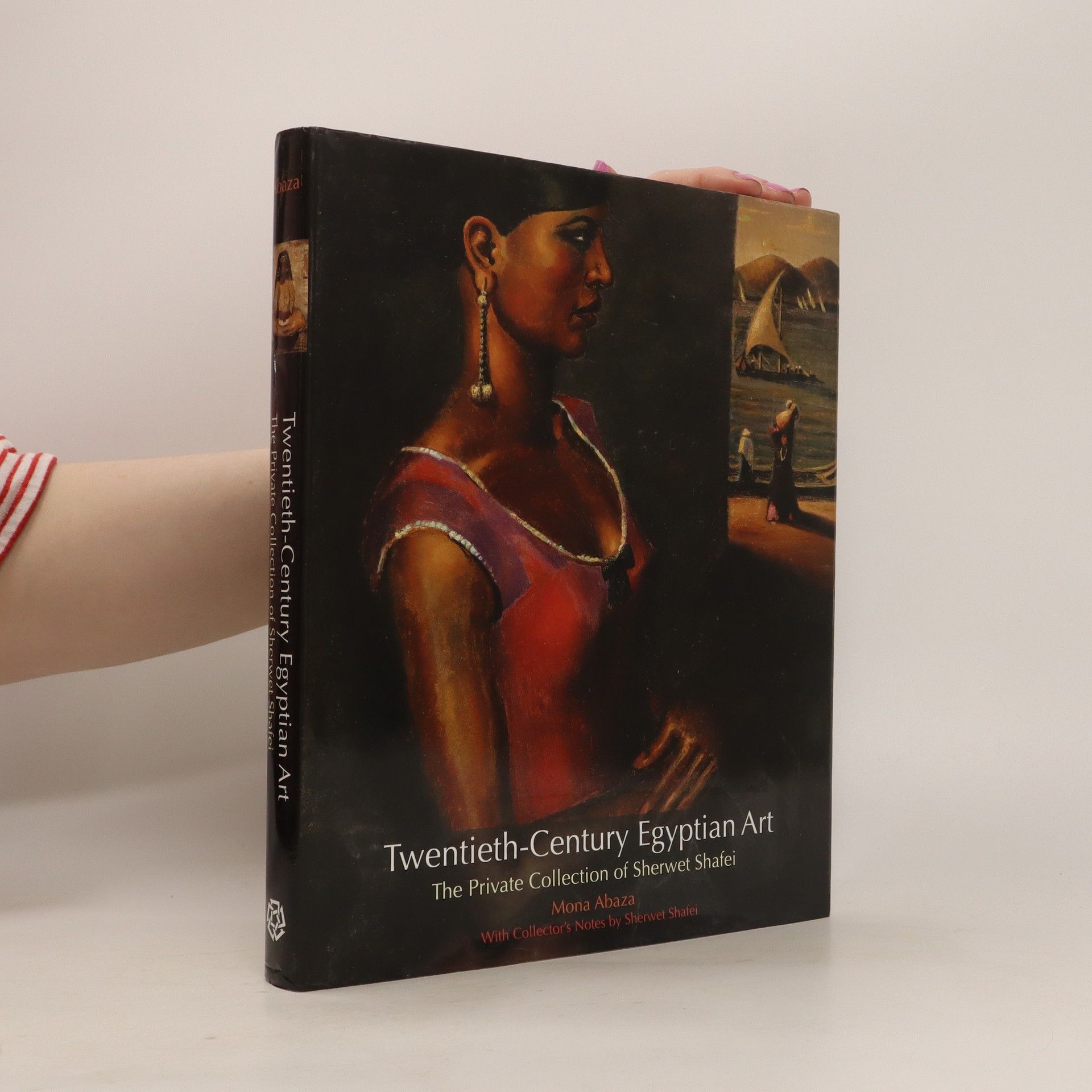Focusing on the production of knowledge in Malaysia and Egypt, this book examines the modern debate surrounding the Islamization of knowledge. It highlights local empirical variations and explores how cultural and religious contexts influence knowledge creation and dissemination in these regions. Through detailed analysis, it sheds light on the complexities of integrating Islamic principles with contemporary educational frameworks.
Mona Abaza Knihy
Mona Abazová sa vo svojej práci zameriava na skúmanie náboženských a kultúrnych sietí medzi Blízkym východom a juhovýchodnou Áziou. Jej výskum sa osobitne venuje hadhramijskej diaspóre v juhovýchodnej Ázii, ako aj spotrebnej kultúre a trhu s umením v Egypte. Abazová využíva svoje odborné znalosti v oblasti sociológie a kultúrnych štúdií na analýzu vzťahov medzi globalizovanými vplyvmi a miestnymi tradíciami a hospodárstvom.



Set against the backdrop of Egypt's military takeover and the urban transformation of Cairo post-2011, the narrative delves into the everyday lives of residents in a middle-class building in Doqi. It explores how larger political changes impact personal relationships and community dynamics, offering a microcosm of societal shifts during a tumultuous period. Through intimate interactions, the story highlights the resilience and adaptability of individuals amidst the grand narrative of national upheaval.
The private collection of a prominent Egyptian art gallery owner. Egypt's modern art scene has been marked by many influential local and foreign painters. Mona Abaza retraces the highlights of the country's twentieth-century art world through the private collection of one of Cairo's most reputable private gallery owners, Sherwet Shafei. The 200 color reproductions of paintings from Sherwet Shafei's collection represent works from very early pioneers such as Mahmoud Sa�d and Ragheb Ayad to later figures such as Hamed Nada and Youssef Sida. In a comprehensive introduction that examines the life and career of Sherwet Shafei and her pivotal role in promoting and creating a market for modern Egyptian art, the author also addresses the tendencies of emerging art collectors in Egypt's "blossoming" market, the burdens of forgery, and the impact of globalization on the art industry. This book serves as a repository of Egyptian cultural heritage by offering a rare viewing of a valuable collection that has yet to be displayed in its entirety.